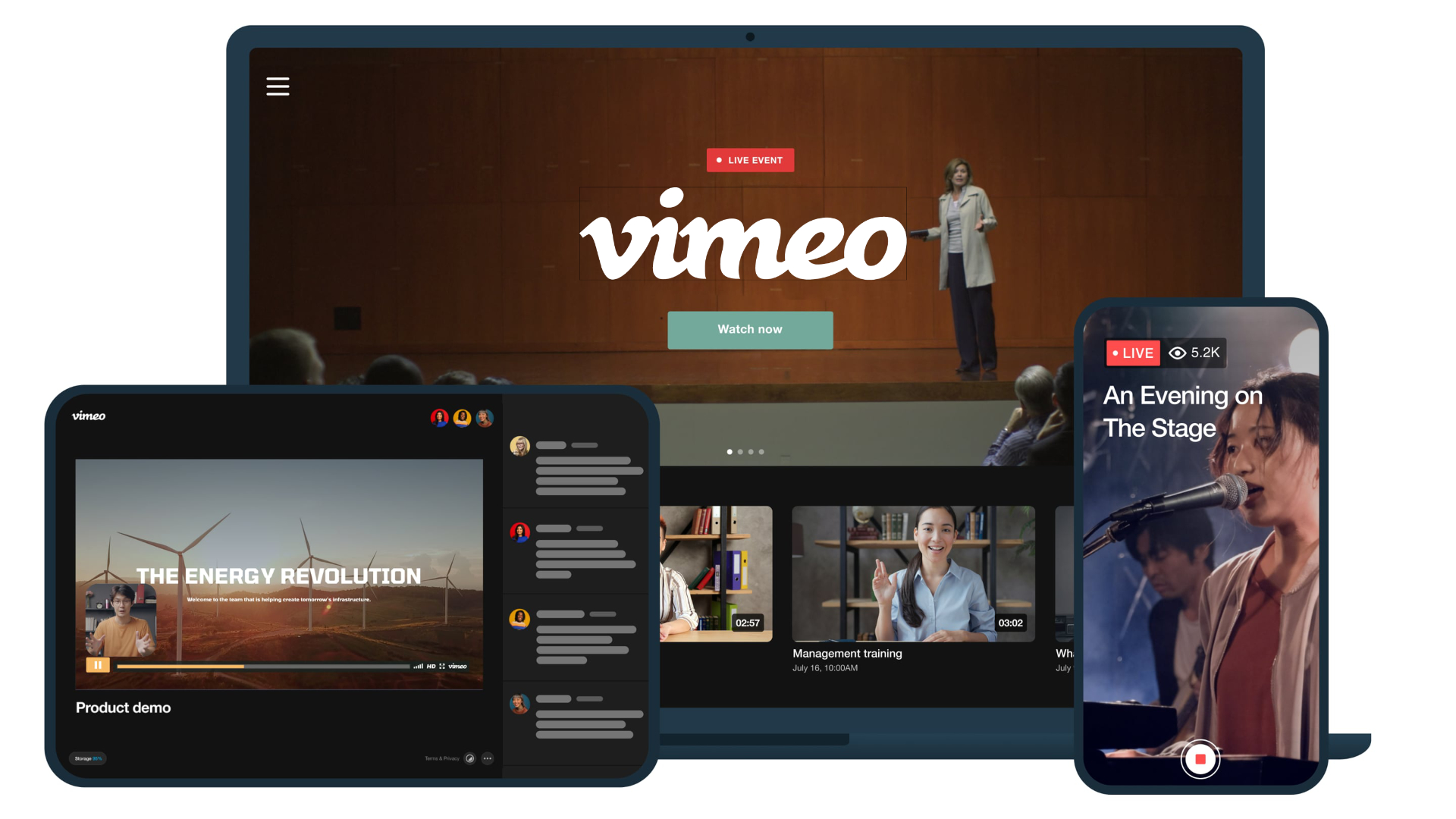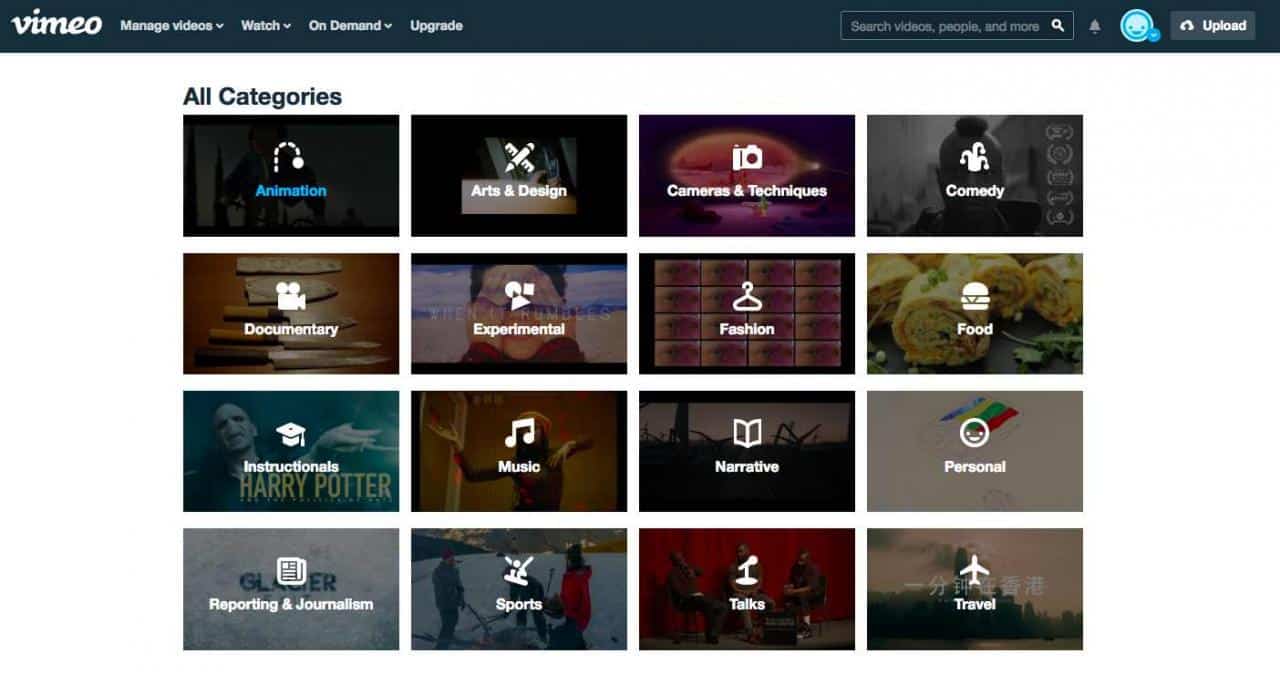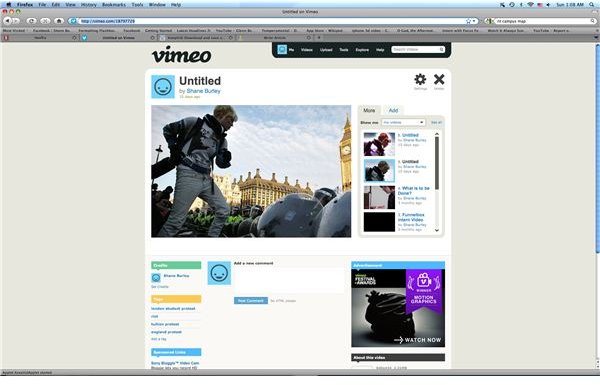

Are You Looking For Income?Įveryone would love the chance to make a quick buck with their film, but it’s not that simple, especially if you have to pay a professional video post production company instead of editing footage yourself. So your keywords on YouTube have better chances at showing up in search results on the platform, and on Google.


YouTube still has some pretty useful options when it comes to its player, but nothing Vimeo doesn’t offer.īeing the world’s second largest search engine (behind Google), YouTube takes the edge when it comes to searchability and analytics. So your film will end up looking that much more branded to your content, with a more design-intended interface. But you may want to consider loading times as a retention factor for your film.įor many artists presentation is also very important, and Vimeo offers a higher level of customization options over YouTube’s embedding. As both platforms now have auto resolution selection based on the viewer’s processor and internet speeds. You don’t need to worry too much if the viewer’s devices can handle the Ultra High Definition. Both platforms now support 4K and even 8K uploads, but Vimeo does have the slight edge on the final compression of the video as well as a better audio quality. Vimeo introduced HD videos several years back and YouTube followed up pretty quickly. In this, both Vimeo and YouTube have high respectable quality compression which keep your videos to an almost seamless loss. We artists like to see our own work in the highest quality possible. Definition, Customization and Analytics Scene from ‘Hybrids’ Vimeo certainly has the smaller market while YouTube reaches over millions, but your audience is much more concentrated in people that are looking for creative films, as for YouTubers usually look for entertaining and viral clips. But be careful, of course everyone wants the most views possible, but you need to differentiate between catering to thousands of random people, or to hundreds that actually appreciate and value your work. If your goal is to get as many clicks and views as possible, then perhaps YouTube might be a better resource for you. Whereas some filmmakers will make a short film here and there as a simple personal (or group) ambitions. But Ryan has the obligation to create content periodically to satisfy his audience. Are you posting the film as an artist or as a content creator? What’s the difference you might ask? A content creator has a following and can be seen as an influencer, think Ryan Connolly (and don’t get me wrong, Ryan is one hell of an artist). You can find hundreds of YouTube vs Vimeo articles online that repeat the same thing, but in our case we are dealing specifically with artists and short films, so I will focus on these aspects.įirst thing you need to think of are your main goals as a filmmaker. The Youtube Vs Vimeo Battleīefore starting I would just like to point out that there are no rights or wrongs, there are situations that can be viable on each platform. “Hey my film is now available on YouTube as well, please share and like”. This gives a new opportunity to talk about your film online. Once your stats start to stabilize following your initial launch push, you can upload your film onto the other platforms to maximize your audience. Ultimately it will also be easier to calculate stats and metrics.

After all, the higher number of plays and likes will entice even more viewers to press play. You’ll want to try to direct all your initial buzz to the same place, scattering it around over 2 or 3 places might dilute your success. I say that’s not such a great idea, at least not for the first stages of your release. Some might say it’s easy, upload it to as many places possible. So you created your short film, finished your post production, and you are now ready to post your film online.


 0 kommentar(er)
0 kommentar(er)
